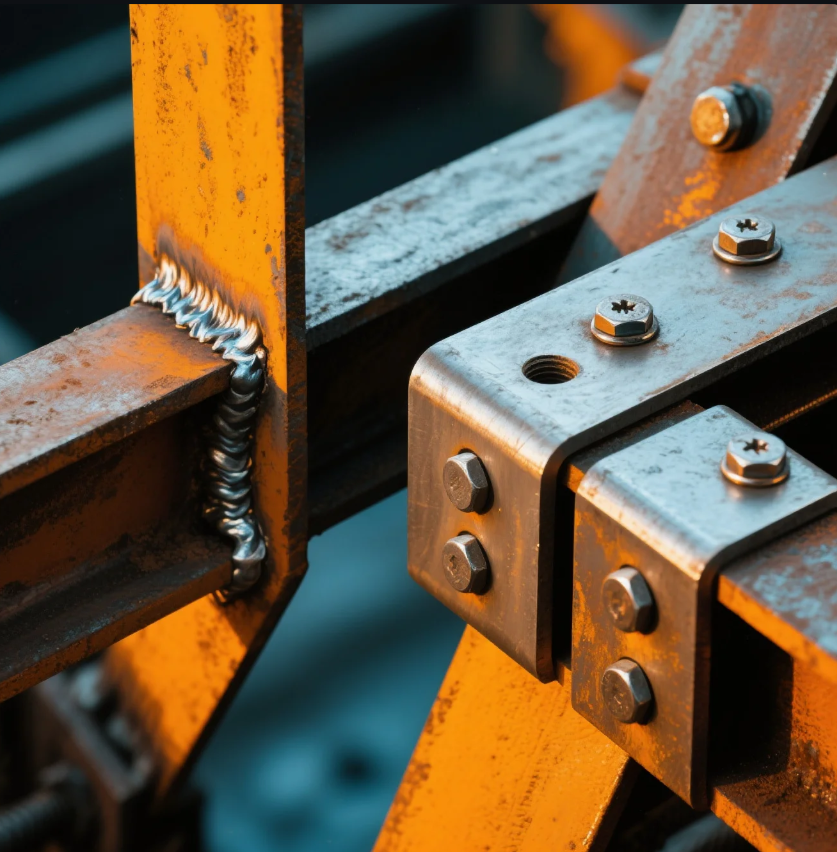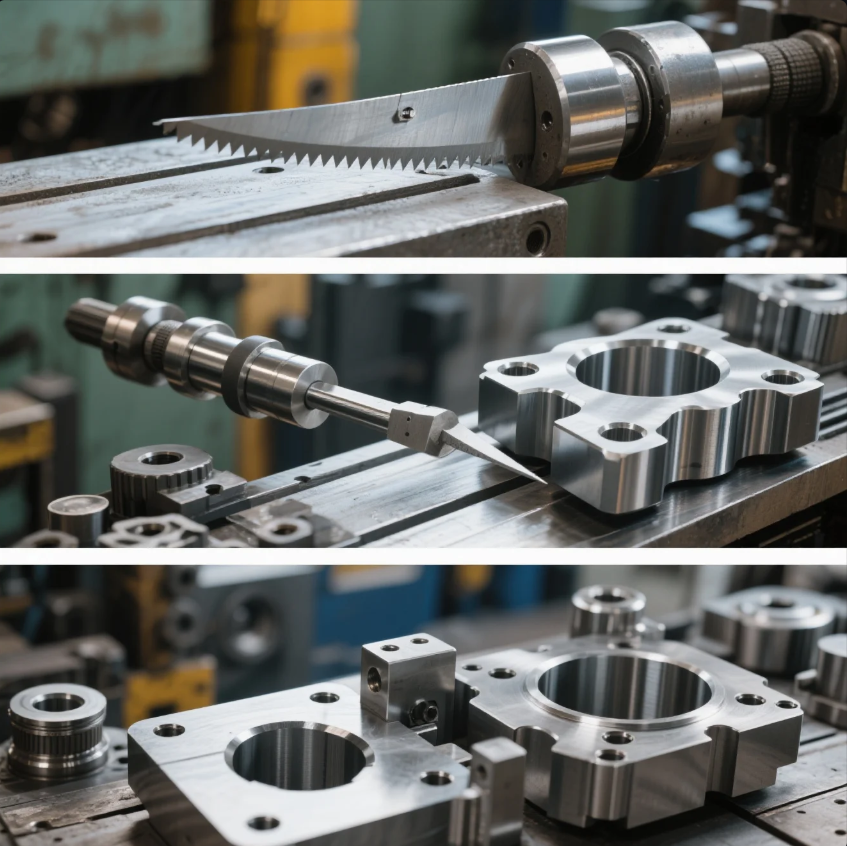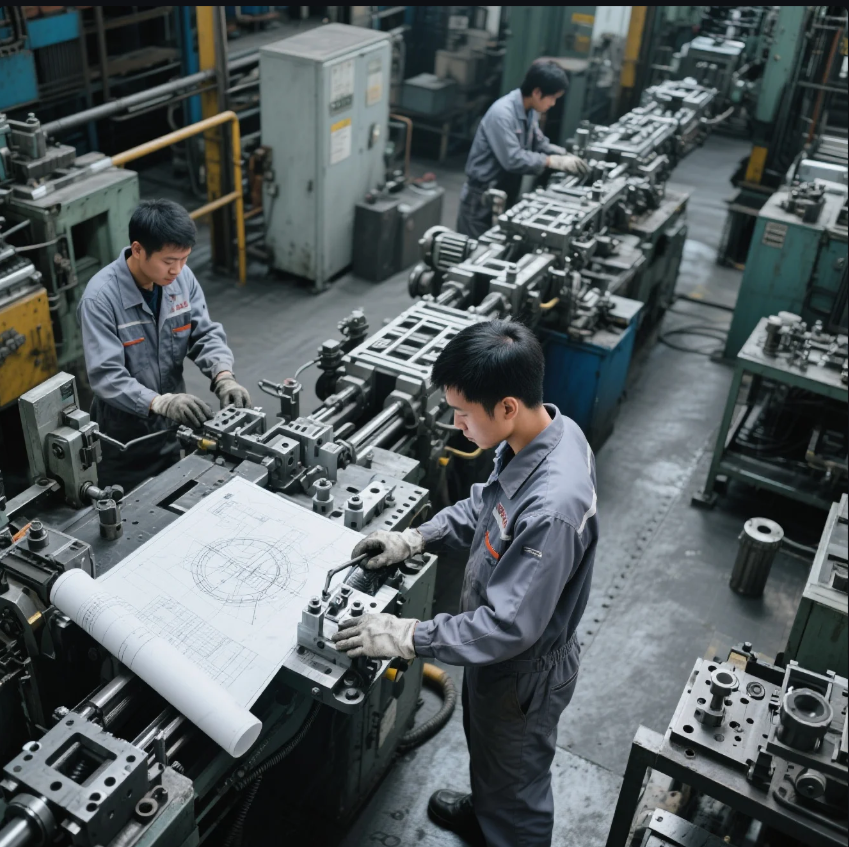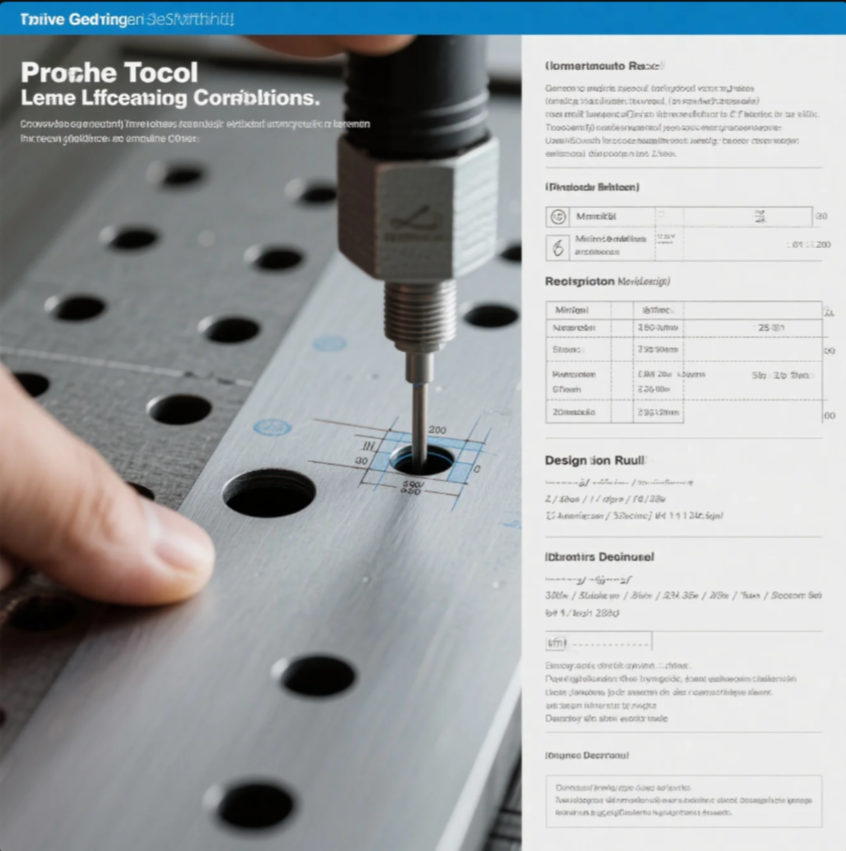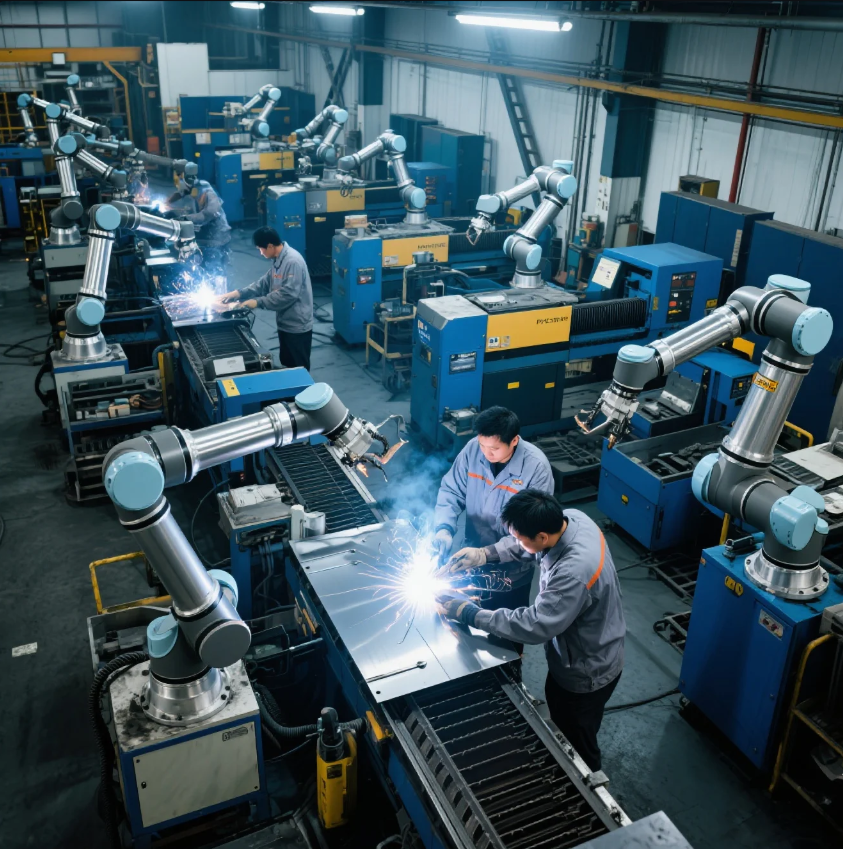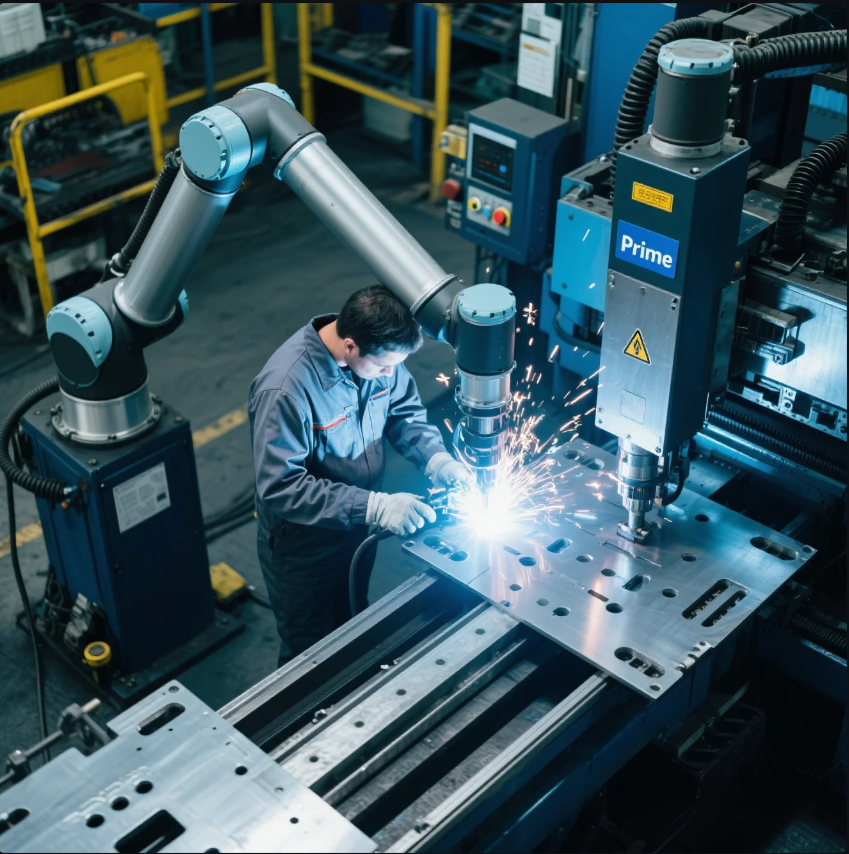How long does it take to injection mould something?
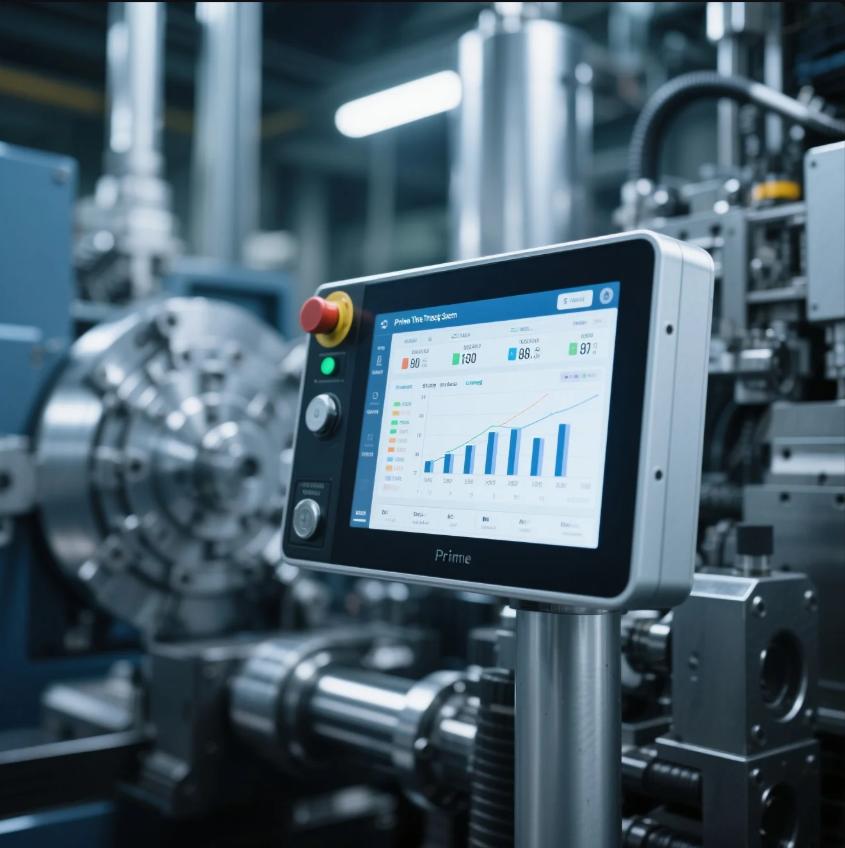
Wondering how long it takes to injection mould something from start to finish?
The time it takes to injection mould a part can range from seconds per cycle to several weeks for the complete production process. Factors such as mold design, material type, part geometry, and production volume all influence lead time.
Understanding how long injection molding takes—both per part and per project—is essential for planning procurement, managing inventory, and hitting tight market deadlines. In this guide, we’ll explore every stage of the injection molding timeline, including tooling, testing, production, and delivery.
Table of Contents
- How long does injection molding take?
- How long does it take to do molding overall?
- What is the typical cycle time for injection molding?
- What influences injection molding speed?
- Is injection molding a hard job?
- Conclusion
How long does injection molding take?
When customers ask, “how long does it take to injection mould something?”—they might mean cycle time, project duration, or total lead time.
Cycle time for a single molded part typically ranges from 10 to 90 seconds. However, the total time from part design to delivery can take 3 to 6 weeks.

What Determines Part Lead Time?
| Phase | Typical Duration |
|---|---|
| CAD design & DFM | 1–3 days |
| Mold manufacturing | 7–21 days (aluminum or steel) |
| Mold trials (T0–T1–T2) | 3–5 days |
| Production preparation | 1–2 days |
| Full production | 2–10 days (depending on volume) |
| Quality checks & packaging | 1–3 days |
At Prime, we optimize the full timeline using in-house tooling, rapid T1 trials, and automated machines across 10 lines. This allows us to go from mold delivery to shipping in days—not months.
Start your timeline with Prime →
How long does it take to do molding overall?
Let’s answer more precisely: how long does it take to complete an injection molding job?
From initial concept to mass production, most injection molding projects take 3–6 weeks. For urgent requests, rapid tooling allows production in under 10 days.

Lead Time by Project Type
| Project Type | Estimated Total Time |
|---|---|
| Rapid prototyping | 5–10 days |
| Low-volume production | 2–3 weeks |
| High-volume commercial run | 4–6 weeks |
| Multi-cavity, complex tools | 6–8+ weeks |
We advise buyers to factor in 2 weeks for mold building, 1 week for testing and tuning, and 1–2 weeks for full production and logistics. Rush orders are available for repeat clients with pre-approved designs.
Get your project timeline reviewed →
What is the typical cycle time for injection molding?
Buyers often confuse total lead time with part cycle time. So what is the typical cycle time to actually injection mould something?
Standard injection molding cycles last between 15 to 60 seconds per part. Small, thin-walled parts can be molded in under 10 seconds, while large or thick parts may take over 90 seconds.
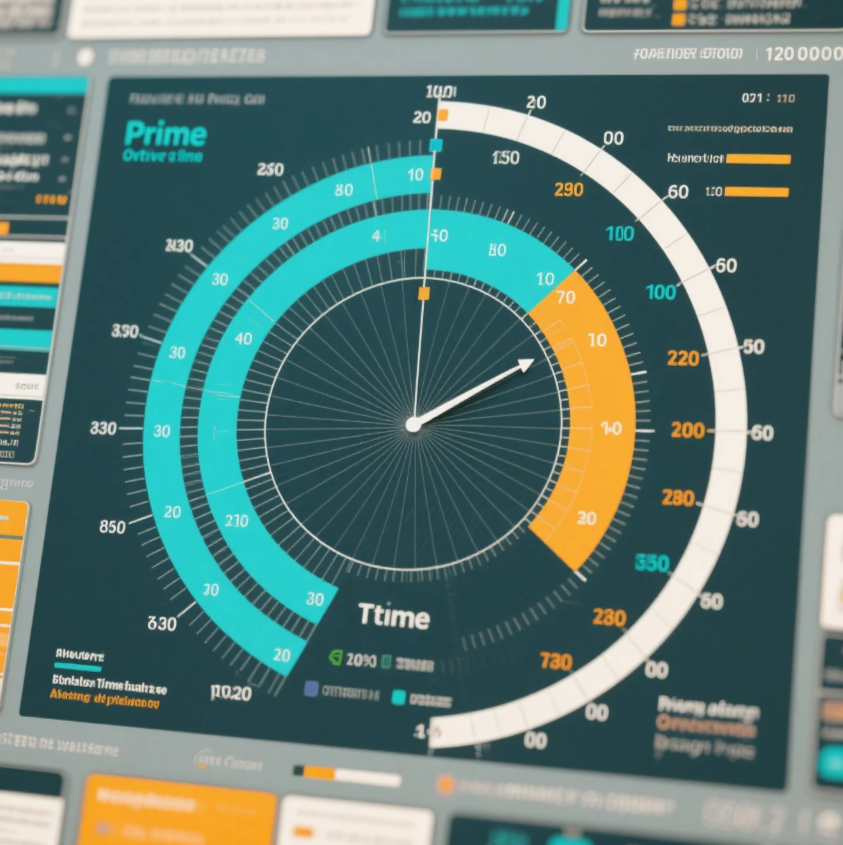
Breakdown of a Typical Cycle
| Step | Time (approximate) |
|---|---|
| Mold clamping | 0.5–2 seconds |
| Material injection | 1–5 seconds |
| Packing/holding | 1–5 seconds |
| Cooling phase | 5–30+ seconds |
| Mold opening | 1–2 seconds |
| Part ejection | 1–3 seconds |
The cooling phase typically consumes 50% to 80% of the total cycle time. That’s why mold temperature control is critical for reducing time without compromising part quality.
At Prime, we use automated temperature control systems, hot runners, and servo-driven ejectors to bring down the average cycle time for most parts by 15–30%.
Learn how Prime boosts speed with automation →
What influences injection molding speed?
If you're trying to reduce production time, it's important to understand what factors affect injection molding speed.
The most common factors that influence how long it takes to injection mould something include material choice, mold complexity, cooling efficiency, and machine capability.

Key Factors That Impact Speed
- Resin type – Some plastics cool faster (e.g., polypropylene); others require more hold time (e.g., nylon).
- Part thickness – Thicker parts retain heat longer and take longer to cool.
- Tooling design – Multi-cavity molds reduce per-part cycle time significantly.
- Cooling layout – Poor mold cooling channels lead to longer cycles and potential warpage.
- Machine type – Electric and hybrid machines run faster and more precisely than hydraulic models.
At Prime, our engineers run simulations to balance fill speed, gate pressure, and cooling flow for maximum efficiency—especially on high-volume jobs with millions of cycles.
Get a technical consultation from Prime →
Is injection molding a hard job?
Many clients ask if injection molding is simple because it looks automated. The truth is more complex.
Injection molding is a highly skilled job involving machine control, materials knowledge, and process troubleshooting. Automation helps, but human expertise ensures stability.

Why Injection Molding Requires Skill
- Machine setup – Adjusting temperature, pressure, and clamp force for each new job
- Material handling – Drying and blending resins to avoid defects
- Defect prevention – Identifying short shots, flash, bubbles, or sink marks quickly
- Tool maintenance – Keeping molds clean and properly aligned
- Cycle optimization – Reducing waste without affecting quality
At Prime, we train every operator in mold science, part inspection, and data logging. That’s why we achieve consistent results across hundreds of thousands of shots—even with complex resins like glass-filled nylon or transparent PC.
Meet Prime’s process control experts →
Conclusion
So how long does it take to injection mould something?
It takes seconds to mold a single part—but weeks of engineering, mold building, and optimization to ensure consistent, high-quality production. The exact time depends on part complexity, volume, and the supplier's capabilities.
Need a fast, professional quote on your next injection molded part?
Contact Prime today at https://primecustomparts.com or https://primecustomparts.com to request a custom lead time estimate, DFM review, or rapid tooling package. Our 10 production lines, in-house tooling team, and ISO-certified quality system mean we can mold your parts quickly—and reliably.
📧 Email: [email protected]
🌐 Website: https://primecustomparts.com

